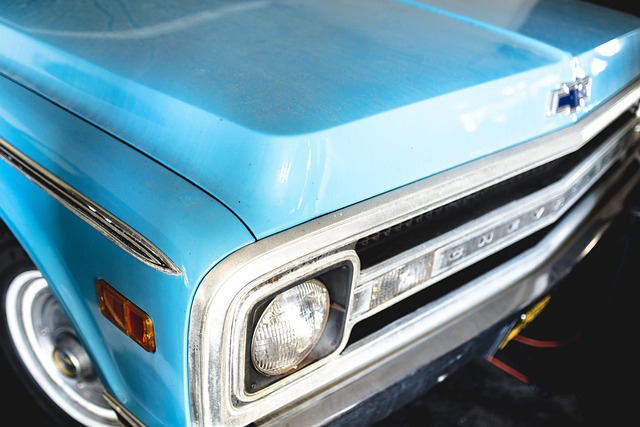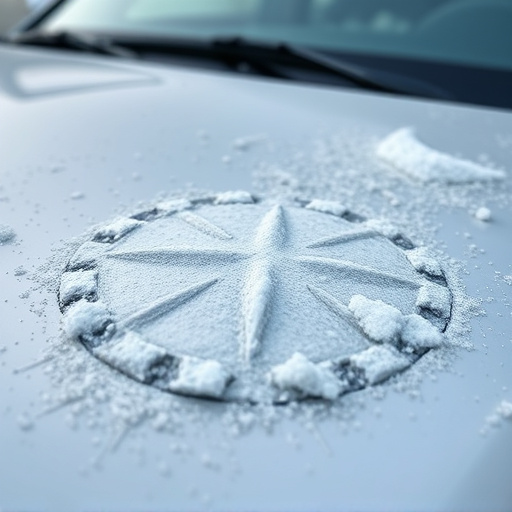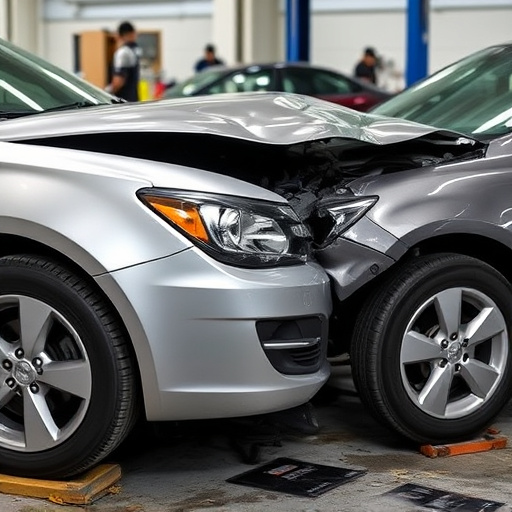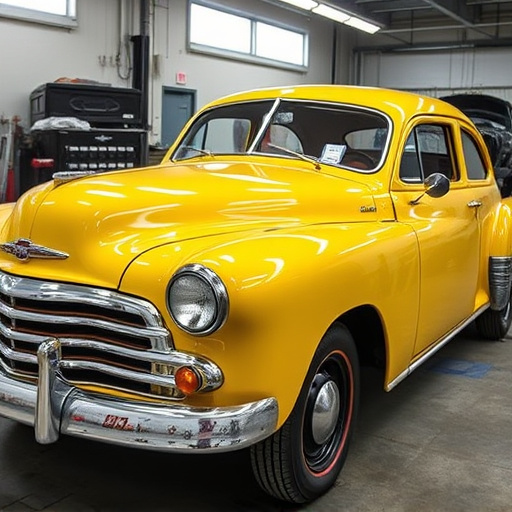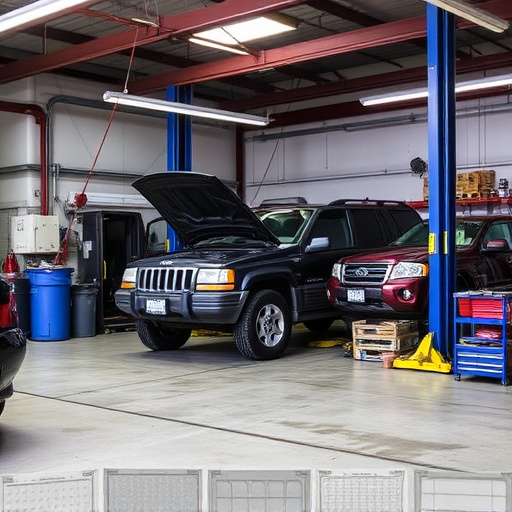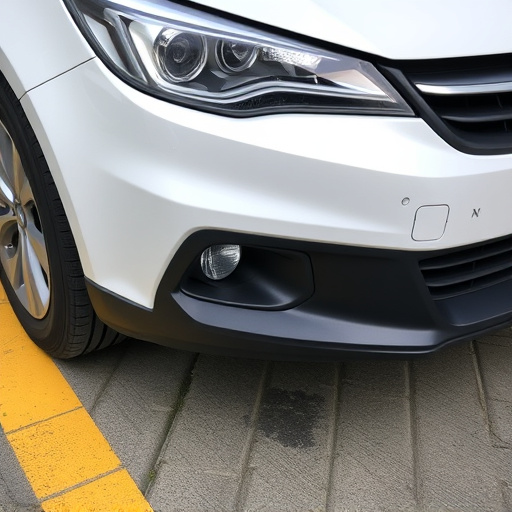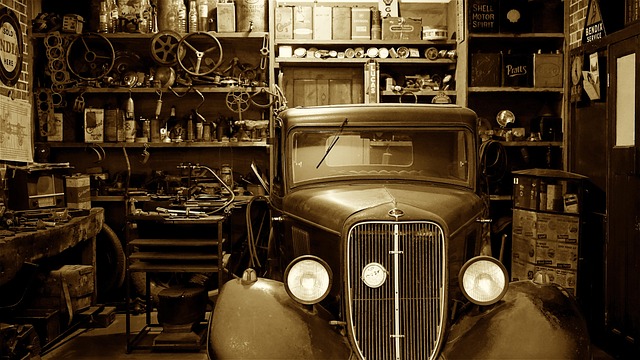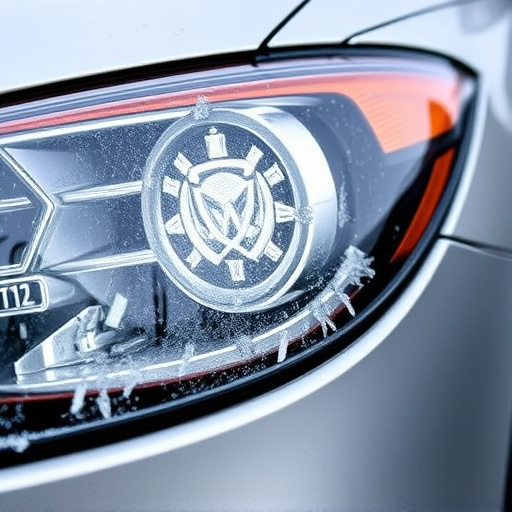Auto body restoration is a skilled process involving structural repairs and paint application to rejuvenate damaged vehicles. It begins with damage assessment, followed by preparation techniques like welding, sanding, and priming for painting. Aiming for factory-like finishes, professionals use advanced repair methods for individuals or commercial fleets. Combining traditional hand-blending paints with modern innovation yields exquisite, durable results, preserving vehicle aesthetics and history. Technological advancements drive changes in the industry, introducing lightweight composite materials and high-performance paint technologies for enhanced performance and longevity.
Revamp your ride with our comprehensive guide on paint and finish options for auto body restoration projects. From understanding intricate restoration processes to discovering modern innovations, this article is your go-to resource. We explore traditional techniques that have stood the test of time and delve into cutting-edge finishes that redefine automotive aesthetics. Whether you’re a professional or enthusiast, gain insights into achieving flawless, long-lasting results in every layer of your auto body restoration journey.
- Understanding Auto Body Restoration Processes
- Exploring Traditional Paint and Finish Techniques
- Modern Innovations in Auto Body Finishes
Understanding Auto Body Restoration Processes
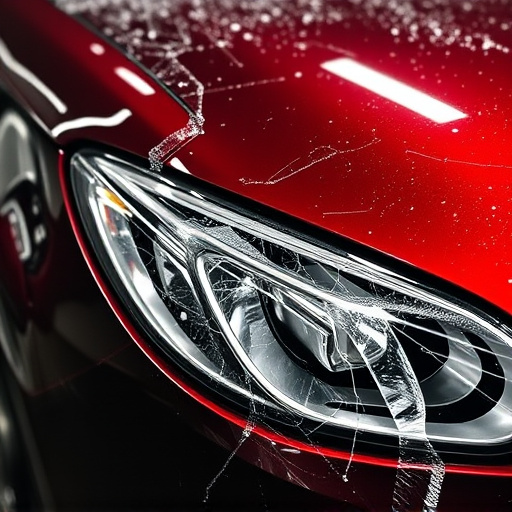
Auto body restoration is a meticulous process that involves repairing and rejuvenating damaged vehicle structures to their original condition. It’s not just about fixing dents; it encompasses a comprehensive range of services, from structural repair to paint application. The first step in any auto body restoration project begins with assessing the extent of damage, which could result from car collisions, accidents, or normal wear and tear. Skilled technicians use specialized tools and techniques, such as metal welding, sanding, and priming, to prepare the damaged area for painting, ensuring a seamless finish.
This meticulous process requires an understanding of automotive repair methodologies and materials. Professional restoration services often involve advanced fleet repair techniques, catering to both individual car owners and commercial fleets. The goal is always to match the original factory finish, preserving not just the vehicle’s aesthetics but also its structural integrity. By combining precision work with high-quality paints, auto body restoration experts can transform a damaged car into one that looks and performs like new.
Exploring Traditional Paint and Finish Techniques

In the realm of auto body restoration, exploring traditional paint and finish techniques offers a wealth of options for bringing vehicles back to their former glory. Beyond modern, advanced technologies, classic methods have proven their worth over time. For instance, hand-blending paints creates a smooth, seamless finish that is both artistic and durable, a skill honed by experienced technicians in dedicated auto collision centers. This meticulous process involves layering colors carefully, ensuring each coat dries properly before the next application, resulting in a rich, deep hue that enhances the car’s aesthetic appeal.
Integrating these traditional techniques into modern car body restoration practices allows for a unique blend of craftsmanship and innovation. Auto repair services that embrace this approach not only honor the history of automotive design but also provide owners with finishes that can withstand the test of time. This fusion of old and new ensures that restored vehicles not only look original but also maintain their integrity, making them true testaments to the art of auto body restoration.
Modern Innovations in Auto Body Finishes
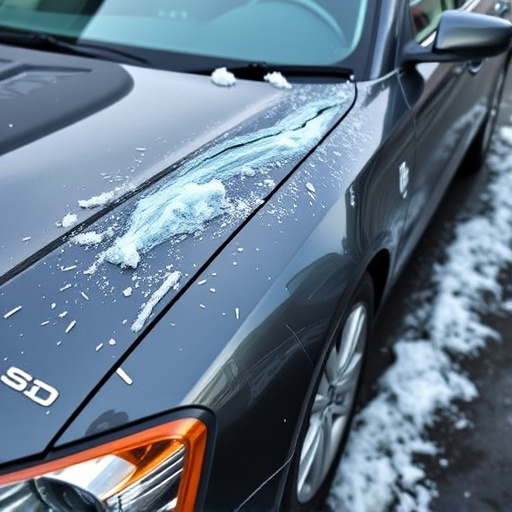
The auto body restoration industry has witnessed a significant evolution in finishes, driven by modern innovations and consumer demands for superior quality and durability. Traditional methods have been transformed with advancements in technology, offering a wide array of options for restorers to choose from. One notable innovation is the development of advanced composite materials, which provide lightweight yet robust alternatives to conventional metal panels, enhancing both the performance and aesthetics of restored vehicles.
Furthermore, modern paint technologies have revolutionized auto body finishes. High-performance paints with improved adhesion, resistance to chipping and fading, and faster drying times are now readily available. These innovative formulations not only ensure a seamless, glossy finish but also contribute to longer-lasting protection against environmental factors, such as UV rays and corrosion, making them ideal for both aesthetic restoration and functional car dent repair or auto body repair projects.
In the realm of auto body restoration, understanding the diverse paint and finish options is key to achieving exceptional results. From traditional techniques to modern innovations, each method offers unique advantages. By exploring these various approaches, restorers can select the perfect solution for any project, ensuring a durable and aesthetically pleasing finish that truly highlights the vehicle’s transformation. This knowledge equips folks with the tools to navigate the process, resulting in remarkable auto body restoration outcomes.
